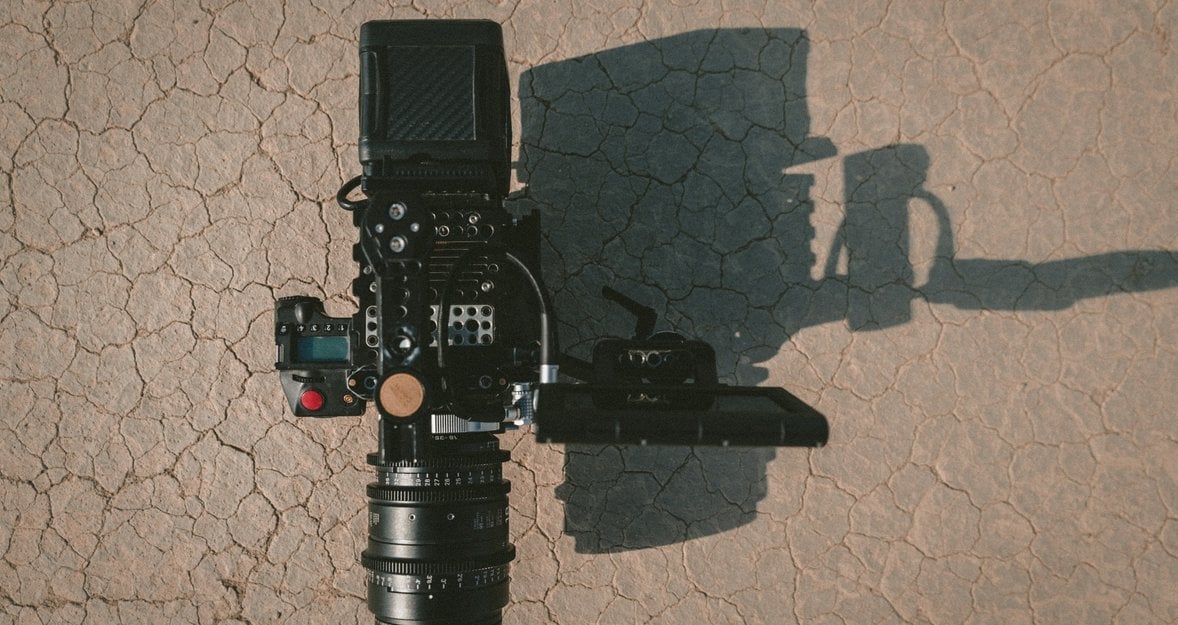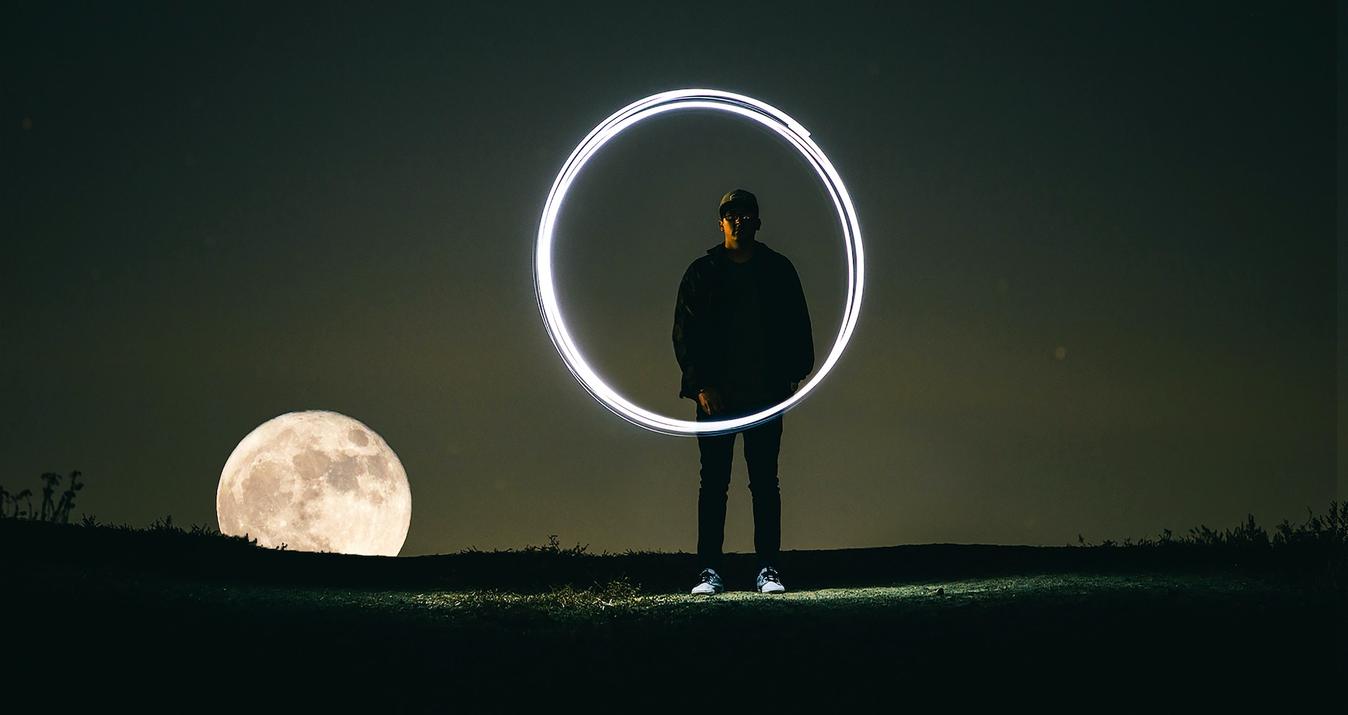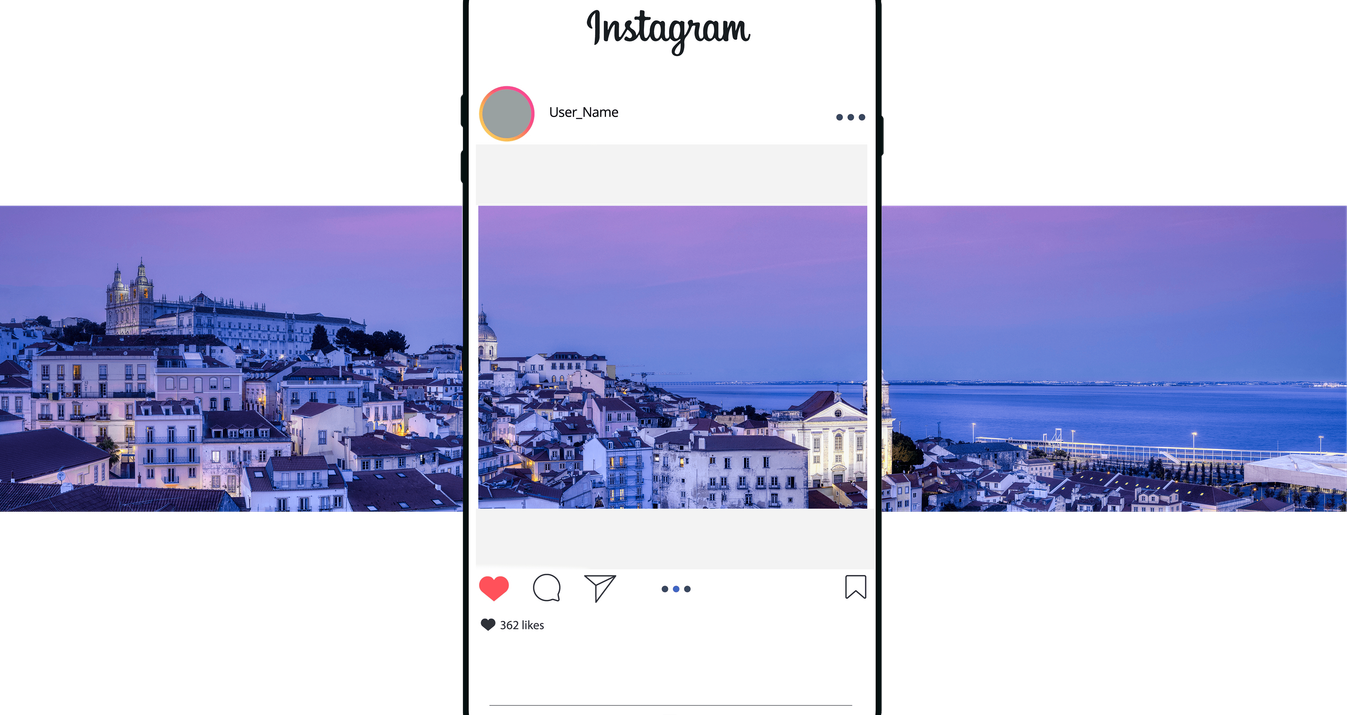When To Shoot Anamorphic? Learn About The Features And Capabilities Of The Anamorphic Lens As Well As Some Creative Uses.
Ever watch a movie and wonder how they manage to fit so much detail into one shot? The answer often lies in a special tool called an anamorphic lens.
These unique lenses have been a game changer in filmmaking, creating wider, more immersive visuals that extend the canvas of storytelling far beyond what the human eye and, indeed, traditional camera lenses can capture. They've influenced everything from epic landscape shots in classic Westerns to the grandeur of outer space in science fiction.
But what exactly is it, and how do anamorphic lenses work? We're here to answer these questions.
Welcome to the fascinating world of anamorphic photography!
Anamorphic Lens Definition
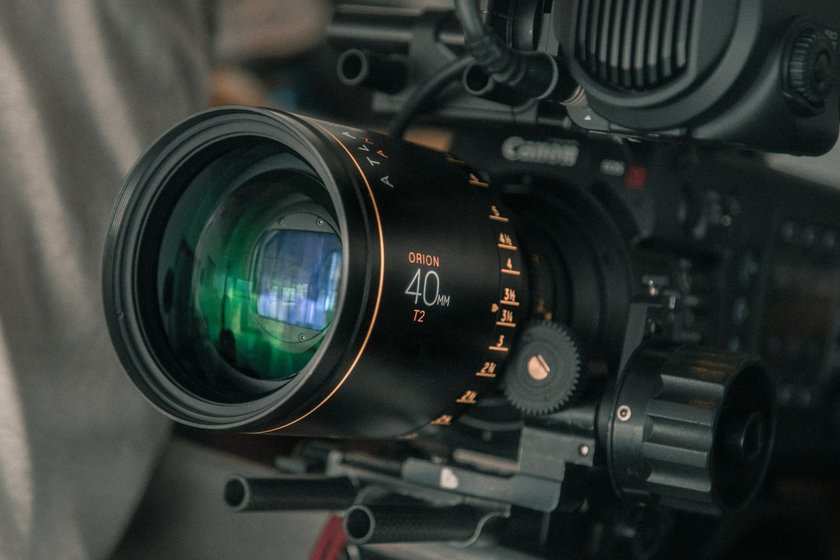
Imagine a lens with a touch of magic, one that can capture the world in a way that surpasses even the breadth of human sight. This is the anamorphic lens, a star player in the world of filmmaking.
Why use an anamorphic lens? Unlike its ordinary counterparts, it has a unique trick up its sleeve — distorting the picture, squeezing a wide scene into a smaller space, much like you might squish a wide, panoramic photo into a square frame. However, it's not just about taking the picture but what you can do with it after.
Once the photo is taken, even with all the power of the anamorphic lens, there's room for enhancement and improvement. That's where AI image edit Luminar Neo comes into play. Just like the anamorphic lens transforms the scene, Luminar Neo can refine the details, enhance the colors, and perfect the image, taking your photo from good to great.
Then, when it's time to watch the movie – the squished image expands back to its original, wide form, filling the screen with stunning detail.
The anamorphic lens, in essence, lets filmmakers take the world as we know it and stretch it into sweeping, cinematic experiences that are larger than life. This is the secret sauce that gives movies their distinctive, immersive visuals!
Unique Image Characteristics
So, we discussed how an anamorphic lens works, squishing more into each shot and then stretching it back out when we watch the movie. Now, let's talk about what makes the images from this lens really special and different from other lenses. Next up, we'll explore the unique image characteristics of an anamorphic lens.
1. Increased Field Of View
Anamorphic lenses truly shine when it comes to offering an increased field of view. This simply means that they can capture a lot more of a scene in a single shot compared to regular lenses.
Why shoot anamorphic? Think of standing on a cliff edge, taking in the sprawling landscape with your eyes. Now, imagine being able to fit all of that expansive view into one single camera shot. That's what anamorphic lenses can do.
They pack more of the surrounding scene onto the camera's sensor or film, making it possible to capture wider shots like breathtaking landscapes, large crowd scenes, or high-action sequences. This broader field of view pulls audiences deeper into the movie, making the on-screen world feel grand, real, and incredibly immersive.
2. Horizontal Lens Flattening
Horizontal lens flattening is another cool thing that anamorphic lenses can do.
What does this mean? Simply put, it's a way of reducing the distortion that can sometimes happen at the edges of wide-angle shots. Sometimes, when you take a really wide shot, things at the edges can look a bit distorted or stretched. But anamorphic lenses can help with this!
They squeeze the image in a way that, when it's stretched back out, things at the edges look more natural. This means that everything in the shot, from the middle to the edges, looks more like it would in real life, making the whole picture better to look at.
3. Enhanced Depth And Dimension
One of the great benefits of using an anamorphic lens is its ability to enhance depth and dimension in a scene.
When we talk about depth, we mean the feeling that there's a real three-dimensional world inside the flat screen. Anamorphic lenses help to create this illusion of depth by making the foreground and background of a scene appear more separated, adding layers to the image. This means characters or objects in focus seem to 'pop' against the background, creating a more realistic and immersive viewing experience.
So, in a way, anamorphic lenses allow filmmakers to turn the flat movie screen into a window looking out onto a 3D world.
4. Cinematic Aspect Ratio

Think back to a time you sat in a movie theater or at home, eyes wide, completely absorbed in the rich, expansive scenes of a blockbuster film. The signature widescreen format that makes those moments so immersive is largely thanks to the aspect ratio an anamorphic lens provides.
The aspect ratio describes the width-to-height proportion of the video image displayed on your screen. Where a traditional television might present a more box-like image, anamorphic lenses break out of that box, creating an ultra-wide picture that fills your vision with more of the story.
This super-wide aspect ratio, going up to 2.39:1, offers filmmakers a grand canvas to paint their tales upon. It's this broad and immersive view that delivers the magic and scale we associate with the cinematic experience, courtesy of the incredible anamorphic lens.
5. Creative Possibilities
In addition to providing a greater field of view, reducing-edge distortion, enhancing depth, and offering a cinematic aspect ratio, anamorphic lenses also give filmmakers a host of creative possibilities to play with.
These lenses can be used to paint a range of vivid cinematic pictures, from vast, detailed landscapes to impactful close-ups where the subject pops from the background. Unique features like oval bokeh and signature horizontal flares can add an artistic touch, lending a distinct personality to the film.
By choosing an anamorphic lens, filmmakers are not just selecting a tool; they're picking a creative partner that can significantly elevate the visual language of their storytelling.
What Does An Anamorphic Lens Do?
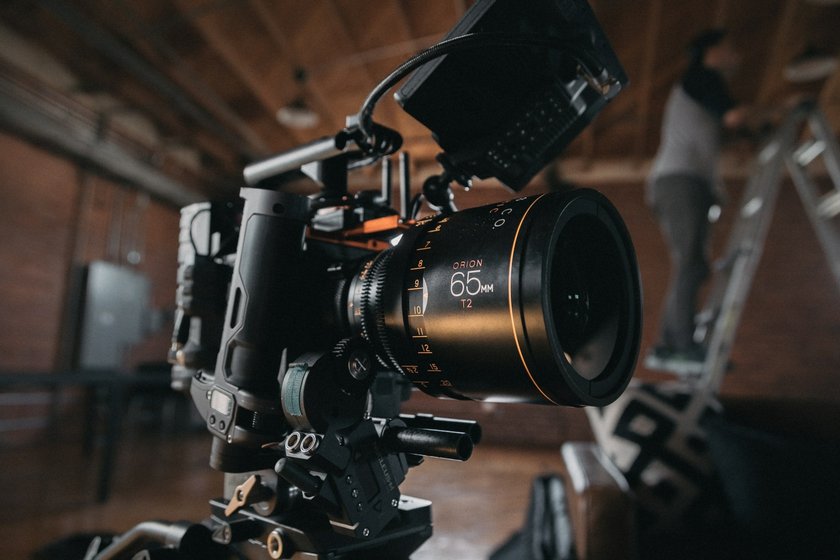
Think of an anamorphic lens as a special pair of glasses for your camera. These glasses can help the camera see more to the left and right than a regular lens. They do this by squeezing, or 'squishing,' a wider view into the camera's sensor. It's a bit like squishing a wide sandwich into a smaller lunchbox.
When the film is played back, the squished image is stretched back out to its original wide view, and voila, you have a wide, panoramic scene!
But there's more! Anamorphic lenses also make scenes look more three-dimensional on your flat screen, sort of like 3D without the funky glasses. They do this by making things in the foreground stand out more against the background, creating an effect of depth.
Finally, anamorphic lenses add a bit of artistic flair. They can turn out-of-focus lights into beautiful, oval shapes and create horizontal streaks of light, adding a distinctive cinematic feel to the image.
In simple terms, an anamorphic lens is like a magician's tool in a filmmaker's kit, transforming ordinary scenes into wide, immersive, and visually stunning narratives.
Anamorphic lenses vs. spherical (normal)
If anamorphic lenses were magicians, you might consider normal lenses to be more like reliable friends. Each has its unique advantages and uses in filmmaking and photography. A normal lens, also known as a spherical lens, provides a straightforward, distortion-free view of a scene. It's like capturing a scene exactly as our eyes see it - what you see is what you get.
Choosing the right lens can be as critical as selecting the right perspective for your shot. Similarly, the "35mm vs 50mm Lens Choice: Which is Better" debate comes into play. The answer might depend on the specific requirements of the scene you're shooting, just like choosing between anamorphic and normal lenses.
On the other hand, anamorphic lenses squeeze a wider view onto the film or sensor, giving a more expansive result once it's stretched back out. They also create those unique visual effects that can add a distinct artistic and cinematic feel to a film that normal lenses don't provide.
However, it's not a matter of one being better than the other – it's about choosing the right tool for the job. For capturing reality as it is, a normal lens can be a perfect choice. But for those wide, cinematic shots full of depth and distinctive effects, an anamorphic lens can be a filmmaker's secret weapon. Both lenses have their place, and understanding their differences is key to using them effectively.
Anamorphic Lens Example

Let's dive into a real-world example to better understand the unique characteristics and capabilities of anamorphic lenses. Consider the famous opening scene of the classic film "Star Wars: A New Hope." As audiences, we're treated to a seemingly endless Star Destroyer looming over us. This iconic shot was made possible by the use of an anamorphic lens, capturing the expansive size of the spacecraft and the vastness of space, emphasizing the power of the Empire and setting the tone for the entire saga.
Moreover, the lens also played a key role in creating depth and dimension in the shot, making the Star Destroyer appear as if it was popping out of the screen. It’s a stunning demonstration of the wide field of view, the enhanced depth, and the unique characteristics of anamorphic lenses, which helped transform "Star Wars" into the galaxy-spanning adventure we love.
Lens Flares
The magic starts with lens flares. You may have noticed horizontal streaks of light dancing across the screen when you're watching a film. This effect, especially popular in science fiction and action films, is the result of light interacting with the unique design of anamorphic lenses. This can imbue a scene with a sense of dynamism, mood, and depth, adding a layer of visual intrigue to the storytelling.
Now, let's touch on two more fascinating anamorphic lens effects:
- Depth of Field: Anamorphic lenses can create an expanded depth of field. This means the range of distance that appears sharp and in focus in an image seems to stretch out more than it does with a normal lens, giving a more three-dimensional feel to a two-dimensional image.
However, even with the best lenses, sometimes pictures don't turn out as we hope. When this happens, modern technology comes to the rescue. If you find that your image hasn't turned out quite right, an AI photo upscaler like Luminar Neo can be a lifesaver, enhancing detail and effectively helping to improve your image quality.
- Bokeh: It is a term used to define the pleasing or aesthetic blur in the unfocused areas of a photograph. Anamorphic lenses are known for their unique, oval-shaped bokeh, as opposed to the round bokeh produced by standard lenses. This distinctive effect can enhance the feeling of depth and add an artistic touch to a shot.
Advanced yet easy-to-use photo editor
Get Luminar Neo NowThese features, provided by anamorphic lenses, add a compelling layer of visual storytelling that sets them apart from standard lenses, helping filmmakers capture the heart and soul of their narrative.
Conclusion
Wrapping up, anamorphic lenses are no ordinary pieces of equipment - they're a filmmaker's secret weapon. They allow for wider, more immersive shots, realistic views, and a unique depth. They provide the characteristic widescreen format that elevates films from mere viewing to truly engaging experiences.
So, ready to tell your story? Anamorphic lenses are the magic wand you've been looking for!



